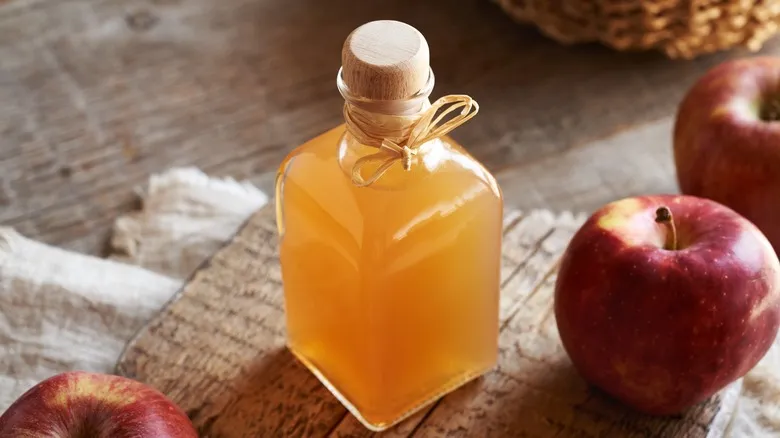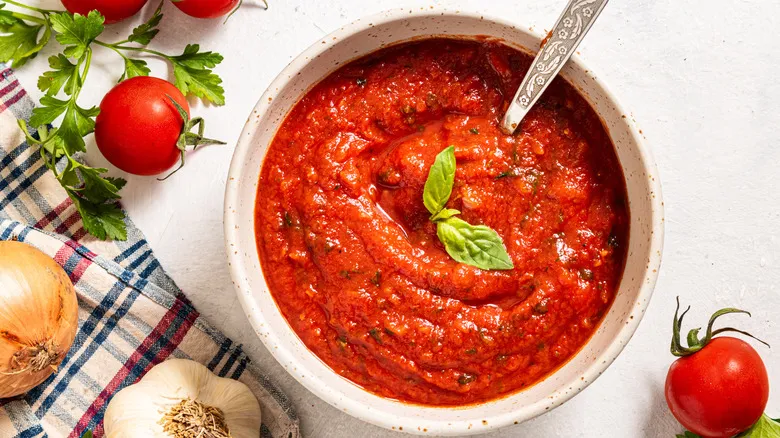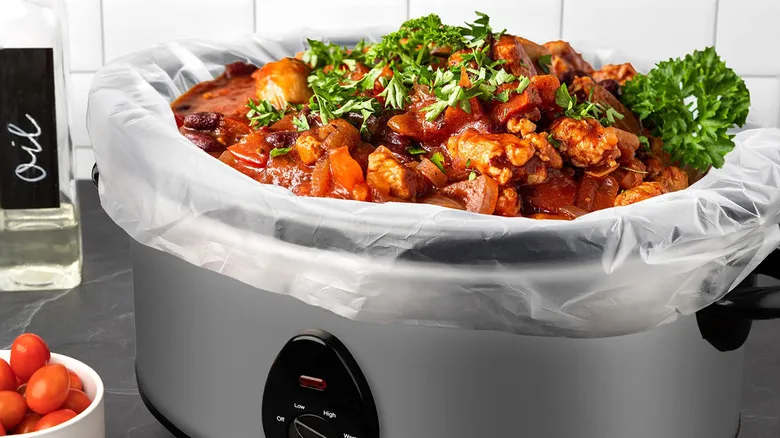Scrap vinegar variations (and ways to use it)
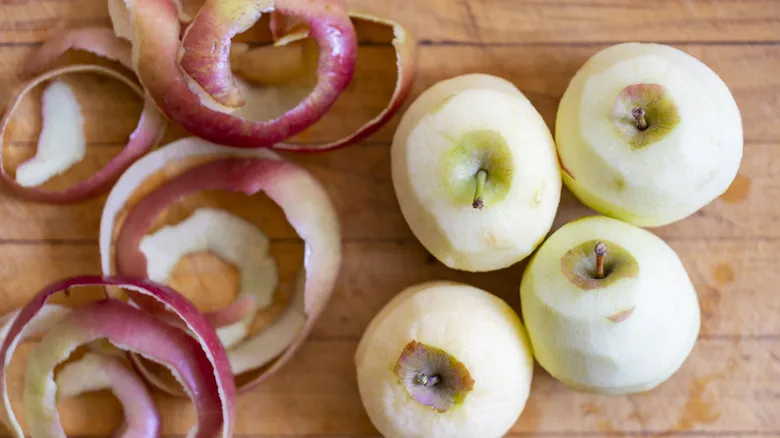
Although homemade vinegars may not be the most reliable food preservatives, there are countless ways to incorporate apple scrap vinegar into your everyday routine. Not only does it enhance the flavor of store-bought barbecue sauce, making it taste less commercial, but it also adds a rich acidity to your homemade barbecue sauce. The same goes for homemade ketchup, mustard, relish, and coleslaw. A splash of it in cookie recipes can make them soft and cake-like due to the interaction of acids with leavening agents like baking soda and baking powder.
Apple scrap vinegar is also an excellent alternative to apple juice in dressings, marinades, and savory sauces. It imparts a similar apple-like freshness with a tangy kick that enhances other flavors. You can even incorporate a bit of apple cider vinegar into your pie crust; while the flavor won’t be noticeable, it helps prevent overworking the dough, which is a common mistake when making pie crust.
Once apple season wraps up, consider experimenting with making scrap vinegar from other fruits. Pineapple peels, strawberry tops, and even scraps from peaches, pears, and plums can be transformed into zesty fruit vinegar using the same fermentation process. Drizzle this vinegar over fruit salads with honey, add it to cocktails, or bottle it up as charming homemade gifts. Its versatility and deliciousness are sure to make it a new staple in your pantry.
Recommended
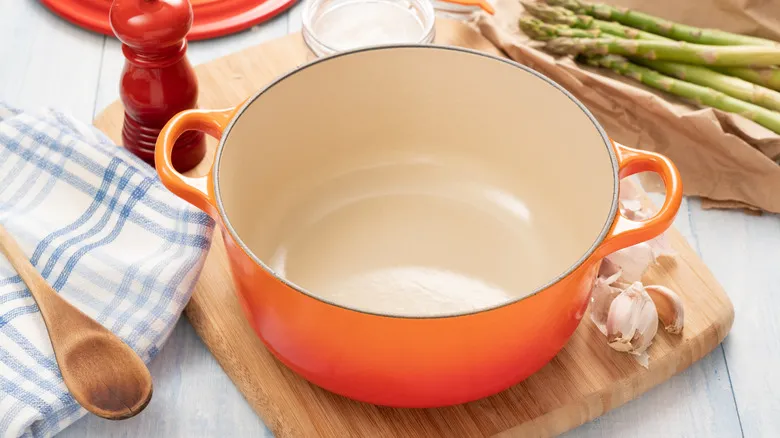
The Enameled Cast Iron Myth You Need To Stop Believing

What's The Best Way To Thaw A Frozen Turkey?
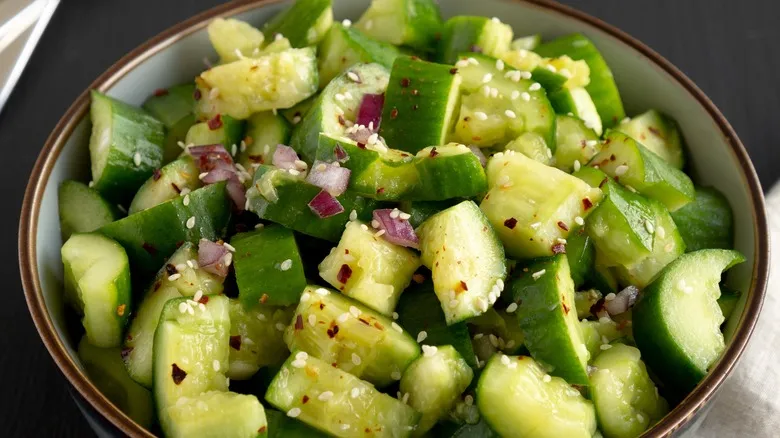
The Expert-Approved Technique For Super-Crunchy Homemade Pickles

The 3-Flavor Rule Ina Garten Follows When Building Any Recipe
Next up

